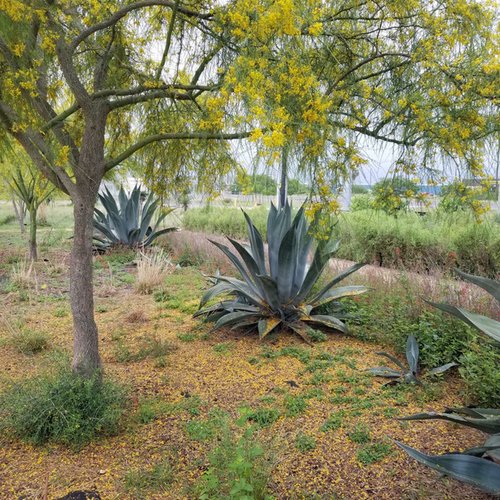GPOD on the Road: South Texas Ecotourism Center Leave a comment
Blissful Friday GPODers!
We’re wrapping up our week of various backyard areas with Lisa Adam in Texas. Lisa lives very near the southernmost level of Texas, and shared photographs of her backyard in Weslaco final fall (Take a look at that put up right here: Lisa’s Wildlife Haven Close to the Southernmost Level of Texas), however right this moment she’s sharing a current go to to a very cool ecotourism middle that highlights and educates on the the ecosystems native to this distinctive area.
My title is Lisa Adam and I reside in Weslaco, Texas. (I beforehand submitted photographs from my retirement cottage.) At present, I’m taking readers to the South Texas Ecotourism Heart (STEC). Situated in Laguna Vista, Texas, STEC is on path to the favored seashore vacation spot, South Padre Island. STEC promotes exploration of the area’s nature by means of gardens, interpretive displays and sculpture, chicken blinds, and a boardwalk overlook. At present I’ll concentrate on a few of its iconic crops. It’s zone 10 on this area, so excuse the cloudy skies, which we admire as a reduction from the solar.
The low-slung STEC constructing is a contemporary tackle the normal dog-trot, with an open passageway between two wings. In entrance of the constructing is a modernistic backyard that includes deep rows of massed crops, principally native. Seen within the picture are rows of yellow-blooming retama tree (Parkinsonia aculeata, Zones 8–11), century plant (Agave americana, Zones 8–10), non-native blue plumbago (Plumbago auriculata, Zones 9–11), triangle cactus (Acanthocereus tetragonus, Zones 9–11), and non-native aloe vera.
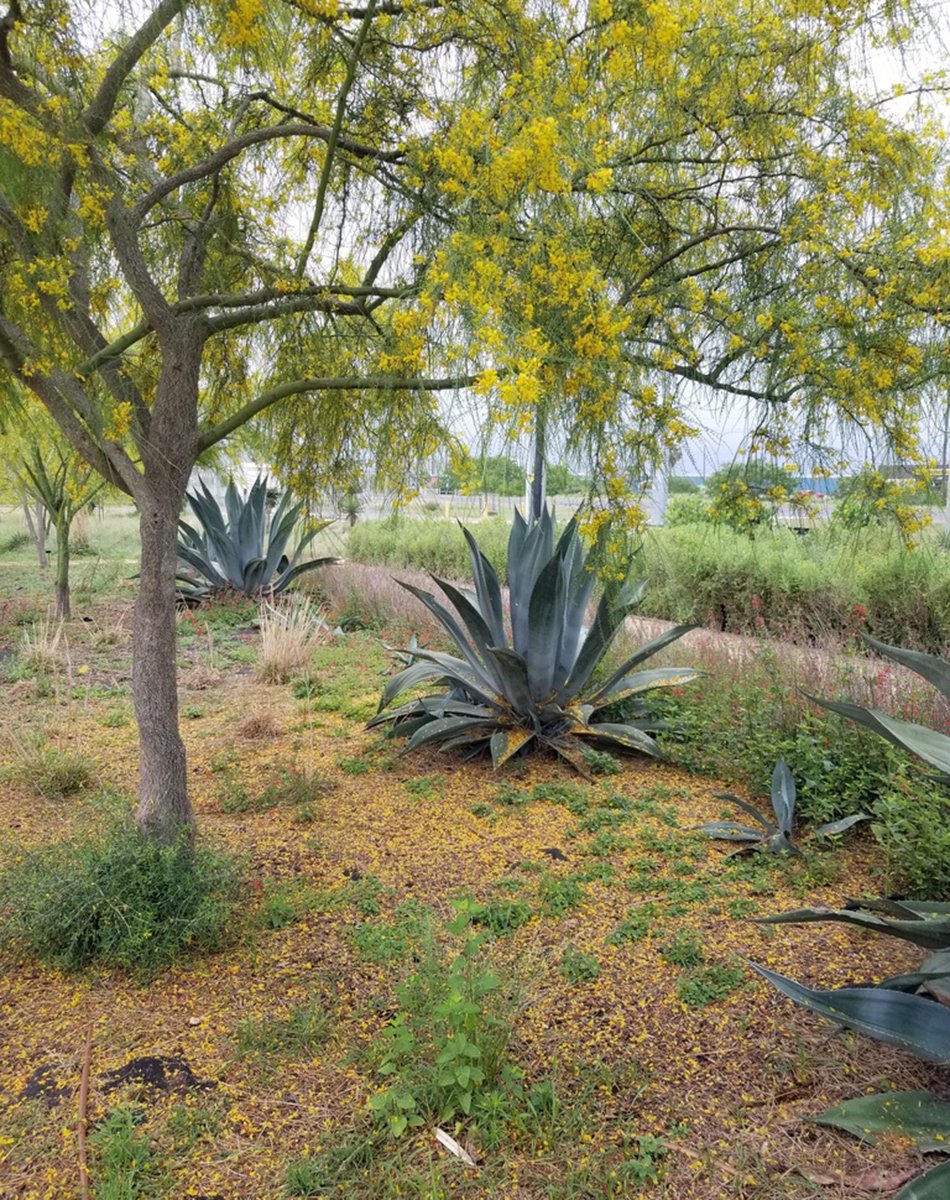 One other view of the retama and century crops.
One other view of the retama and century crops.
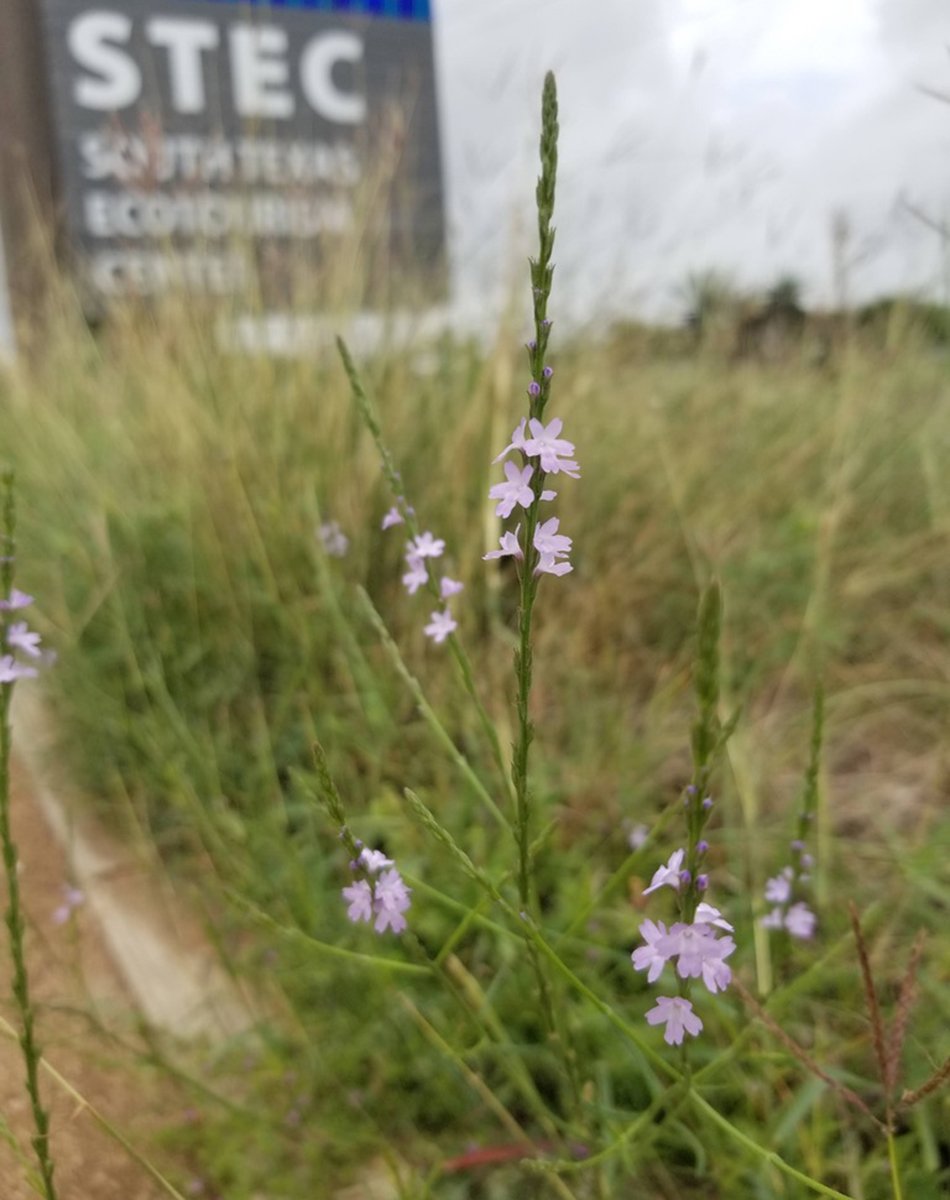 Deep rows of robust native grasses line the heat-radiating street frontage. Right here, a fragile Texas vervain (Verbena halei, Zones 7–10) stands out in opposition to the grass.
Deep rows of robust native grasses line the heat-radiating street frontage. Right here, a fragile Texas vervain (Verbena halei, Zones 7–10) stands out in opposition to the grass.
Previous the open passage of the constructing, guests stroll by means of a number of backyard areas that mannequin a number of totally different ecosystems of the area: thorn forest, savanna, and coastal prairie. Past these is a boardwalk that appears out over Bahia Grande, Texas’ largest wetland restoration challenge and a part of the Laguna Atascosa Nationwide Wildlife Refuge.
Cacti characteristic prominently at STEC since they develop in almost each eco-region in South Texas.
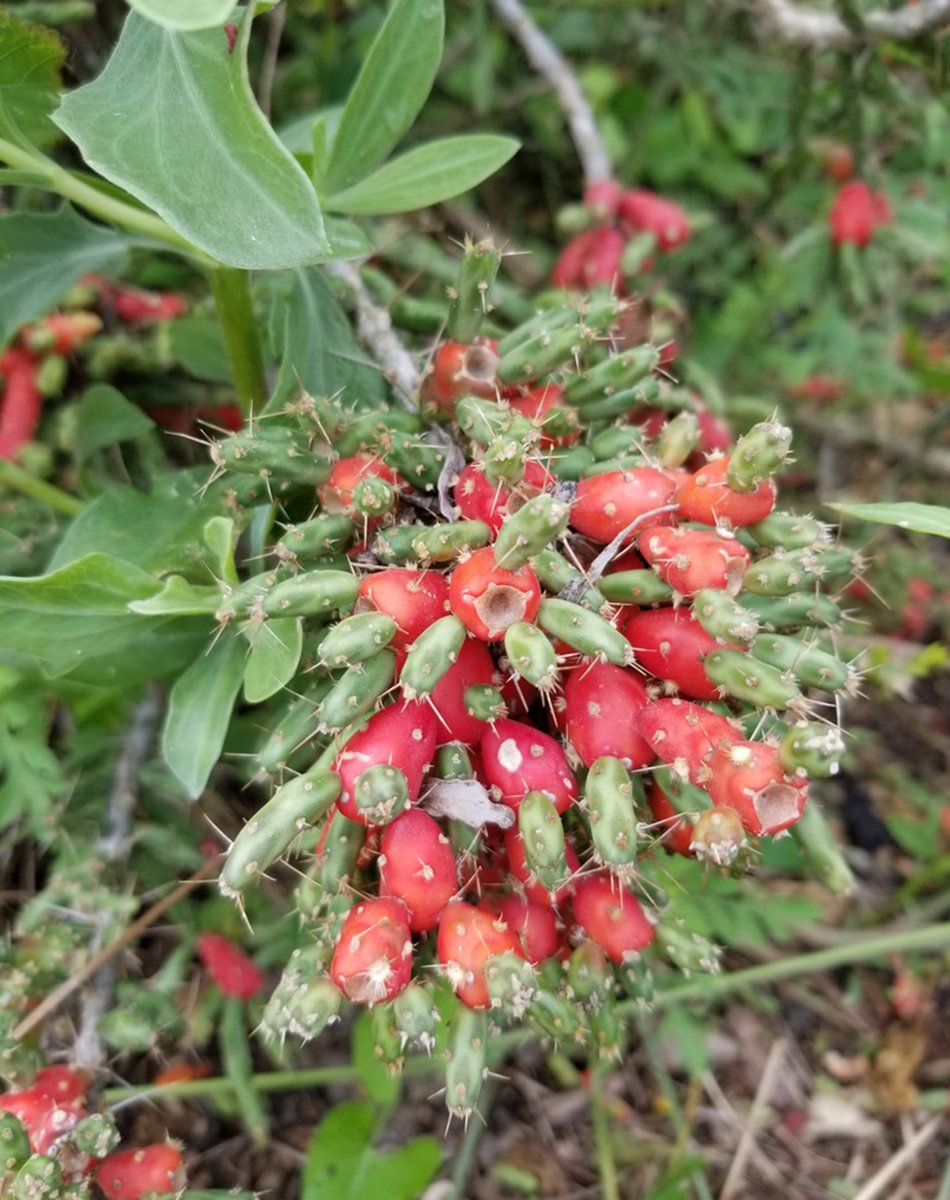 Tasajillo (Cylindropuntia leptocaulis, Zones 9–11) is a shrub-like cactus. It’s additionally referred to as Christmas cholla or Christmas cactus, as a result of the pink fruit typically persist till the vacation season if they don’t seem to be all eaten by birds.
Tasajillo (Cylindropuntia leptocaulis, Zones 9–11) is a shrub-like cactus. It’s additionally referred to as Christmas cholla or Christmas cactus, as a result of the pink fruit typically persist till the vacation season if they don’t seem to be all eaten by birds.
 Texas prickly pear cacti (Opuntia lindheimeri, Zones 8–11) normally bloom in yellow, however sometimes in orange or pink. Their wide-open blossoms give quick access to nectar and pollen for native bees.
Texas prickly pear cacti (Opuntia lindheimeri, Zones 8–11) normally bloom in yellow, however sometimes in orange or pink. Their wide-open blossoms give quick access to nectar and pollen for native bees.
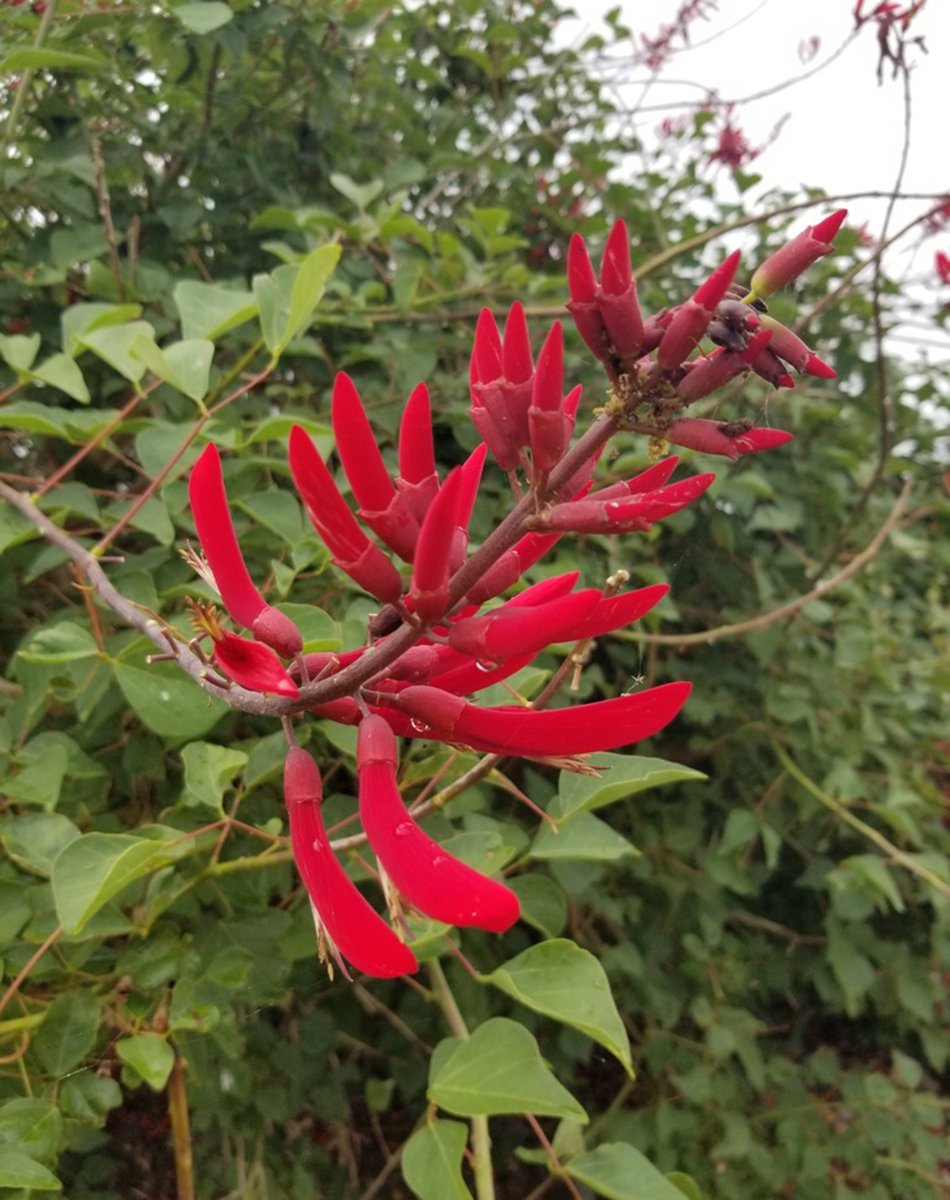 Coral bean (Erythrina herbacea, Zones 8–11) is a tall shrub, not a cactus, however it is usually thorny, in addition to toxic! However its improbable blooms make it a hummingbird magnet and a fascinating decorative within the space.
Coral bean (Erythrina herbacea, Zones 8–11) is a tall shrub, not a cactus, however it is usually thorny, in addition to toxic! However its improbable blooms make it a hummingbird magnet and a fascinating decorative within the space.
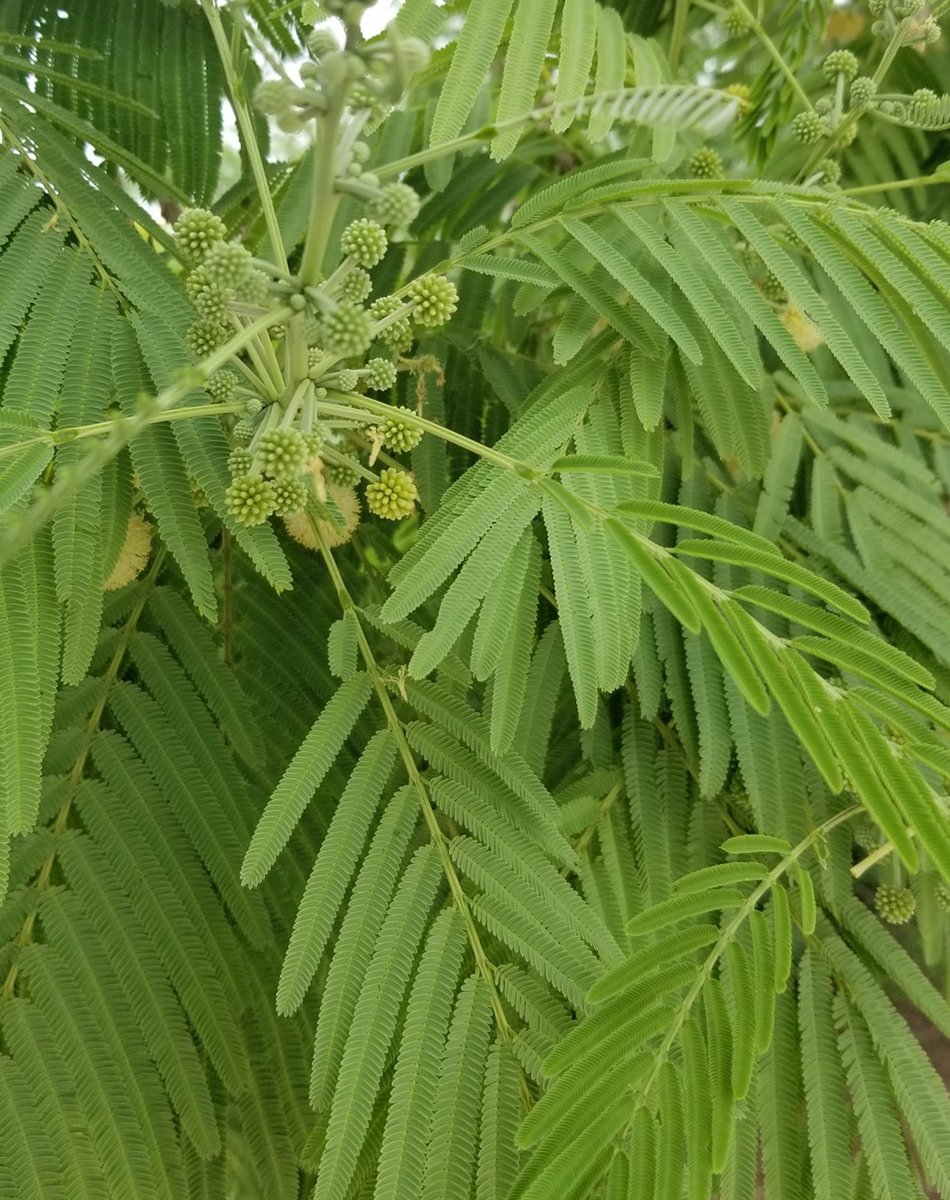 These nubby buds on the tepeguaje, or lead tree (Leucaena pulverulenta, Zones 8–11), will flip into creamy-yellow puffballs in just a few days. Domestically, tepeguaje is taken into account a very good “nurse tree.” The timber grows quick, and their intricately compounded leaves present much-needed shade for youthful or smaller crops under them.
These nubby buds on the tepeguaje, or lead tree (Leucaena pulverulenta, Zones 8–11), will flip into creamy-yellow puffballs in just a few days. Domestically, tepeguaje is taken into account a very good “nurse tree.” The timber grows quick, and their intricately compounded leaves present much-needed shade for youthful or smaller crops under them.
 I consider the grass on this picture is Gulf cordgrass (Sporobolus spartinae, Zones 8–11). The neatly bermed edge makes clear this can be a cultivated house. Behind the grass are honey mesquite timber (Prosopis glandulosa, Zones 7–11) and Spanish dagger (Yucca treculeana, Zones 7–10).
I consider the grass on this picture is Gulf cordgrass (Sporobolus spartinae, Zones 8–11). The neatly bermed edge makes clear this can be a cultivated house. Behind the grass are honey mesquite timber (Prosopis glandulosa, Zones 7–11) and Spanish dagger (Yucca treculeana, Zones 7–10).
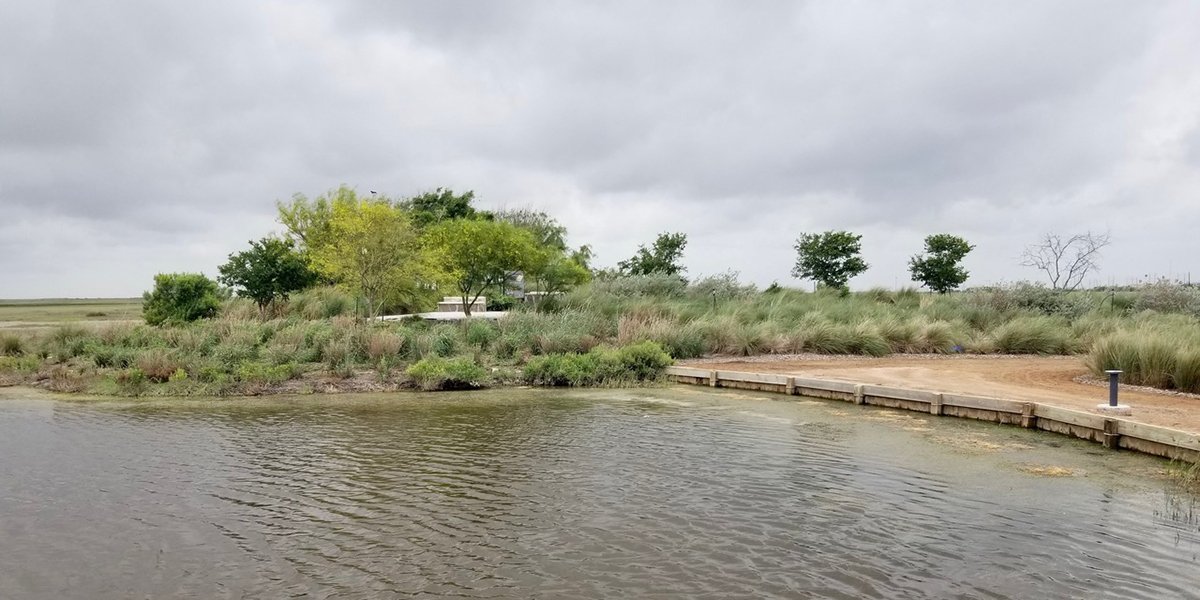 A man-made peninsula by a pond mimics the realm’s lomas, that are historical clay dunes lined with grass and scrubland. At far left within the picture, you may glimpse the coastal wetlands of Bahia Grande within the distance. Their restoration has decreased dust-caused bronchial asthma within the area, boosted the area’s fishing and shrimping trade, and supplied a lot wanted habitat for endangered species.
A man-made peninsula by a pond mimics the realm’s lomas, that are historical clay dunes lined with grass and scrubland. At far left within the picture, you may glimpse the coastal wetlands of Bahia Grande within the distance. Their restoration has decreased dust-caused bronchial asthma within the area, boosted the area’s fishing and shrimping trade, and supplied a lot wanted habitat for endangered species.
Thanks a lot for sharing this unbelievable plant vacation spot with us, Lisa! I can’t consider a greater place to present us an perception into the unbelievable plant palette of your area, and your collection of highlights was a delight.
Have you ever visited any public gardens this season? Final week I made a visit to New York Botanic Backyard that I might be sharing highlights from within the coming weeks, however I’d like to see the place you’ve loved some particular spring shows. Observe the instructions under to submit photographs through electronic mail, or ship me a DM on Instagram: @agirlherdogandtheroad.
We need to see YOUR backyard!
Have photographs to share? We’d like to see your backyard, a specific assortment of crops you’re keen on, or an exquisite backyard you had the possibility to go to!
To submit, ship 5–10 photographs to [email protected] together with some details about the crops within the photos and the place you took the photographs. We’d love to listen to the place you’re positioned, how lengthy you’ve been gardening, successes you’re happy with, failures you discovered from, hopes for the longer term, favourite crops, or humorous tales out of your backyard.
Have a cell phone? Tag your photographs on Fb, Instagram or Twitter with #FineGardening!
Do you obtain the GPOD by electronic mail but? Enroll right here
Tremendous Gardening Really helpful Merchandise

ARS Telescoping Lengthy Attain Pruner
Tremendous Gardening receives a fee for objects bought by means of hyperlinks on this web site, together with Amazon Associates and different affiliate promoting packages.
Telescopes from 4 to 7′. Lower and Maintain (160) Blades. Drop solid blades for unsurpassed lengthy lasting sharpness. Light-weight, 2.3 lbs., for continued use. Completely balanced for straightforward pruning.
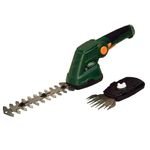
Scotts Cordless Grass-Shear/Shrub-Trimmer Combo
Tremendous Gardening receives a fee for objects bought by means of hyperlinks on this web site, together with Amazon Associates and different affiliate promoting packages.
With a built-in 7.2-volt lithium-ion battery, this little man weighs lower than 2 lb. and may zip by means of all of your minor pruning duties shortly and simply.
– 13.5 x 3 x 5 inches
– Makes use of a 7.2-Volt 2Ah high-capacity built-in lithium-ion battery; Features a quick charger
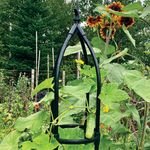
Lee Valley Backyard Obelisks
Tremendous Gardening receives a fee for objects bought by means of hyperlinks on this web site, together with Amazon Associates and different affiliate promoting packages.
Sturdy but light-weight, these obelisks present ample assist for climbing crops whereas being simple to put in and transfer. The medium obelisk stands 68 1/2″ excessive total with a diameter of about 9 1/2″, compact sufficient for smaller containers indoors or out. The big measurement stands 86 1/2″ excessive with a diameter of 15 3/4″, very best for bigger outside areas and containers.

